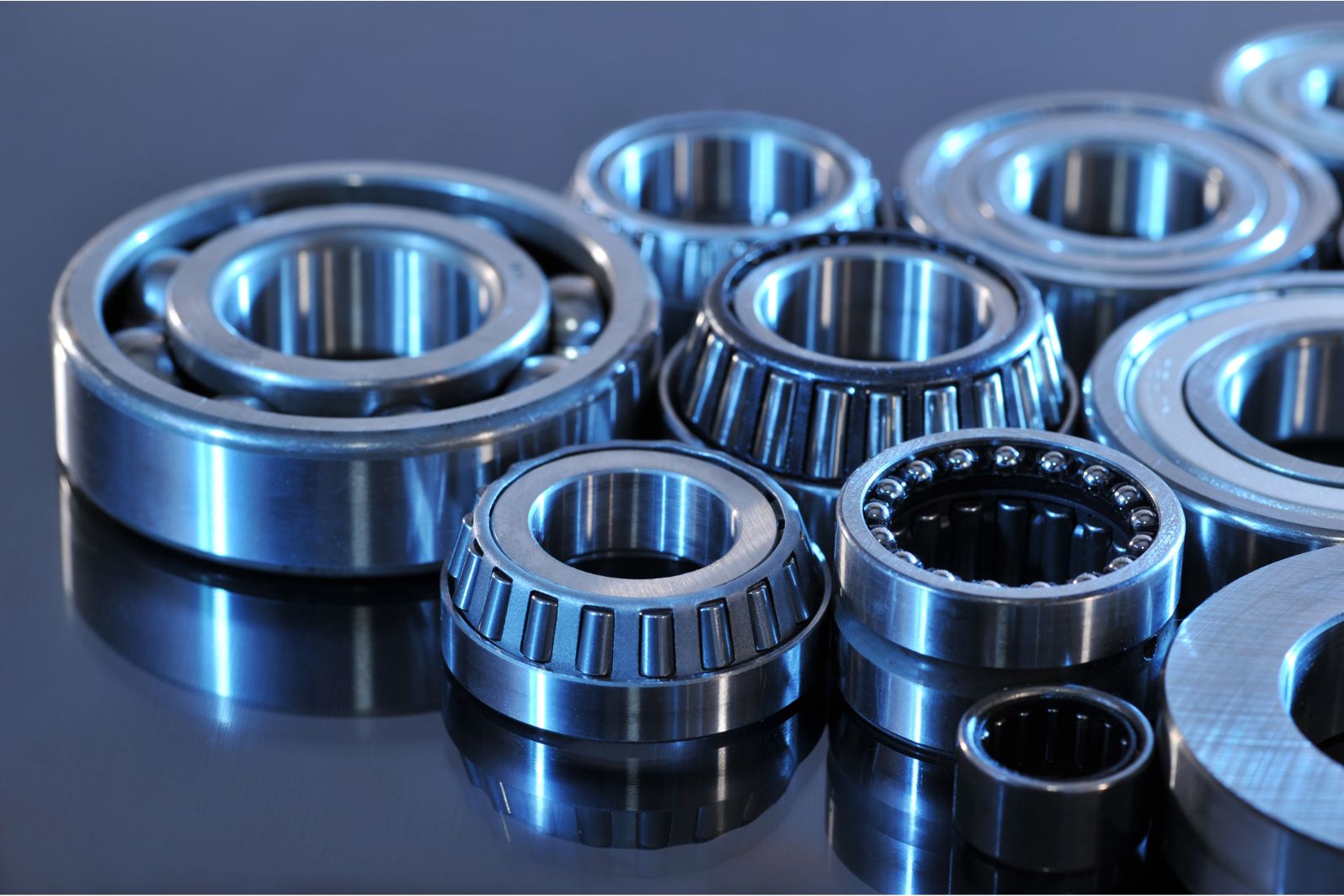If your bearings are failing, you’ll need to get them serviced.
Knowing the parts that make up your bearings will help determine if servicing them is the best action.
In this article, we’ll discuss the bearing anatomy. We’ll get into ball, roller, and linear types and the bearing parts that make them work.
Overview of Bearing Components
The most common type of bearing consists of two components: a race and a ball. The race is the outer track formed from metallic surfaces that the ball-bearing spins around on a smooth surface. The ball-bearing comprises a small metal ball or a series of round metal objects tightly pressed against an inner ring.
The ball and the race help reduce friction and allow smooth and consistent bearing operation. Additionally, other parts make up the anatomy of the bearing.
These include lubricants, seals, cages, and other components. This facilitates a robust and tight fit between the bearing and the surrounding area. If you are looking for bearing parts, check out this bearing housing.
The Role of the Cage
It is responsible for evenly distributing loads over the rolling elements, leading to better life expectancy and bearing performance. The cage usually has a one-piece metal, plastic, or composite construction. It is specially designed to conform to the rolling elements.
Different cage types are used for various applications, and considerations are made for the load, speed, and temperature the bearing must withstand. The design and assembly of the cage is an integral part of bearing anatomy.
Types of Races
Different races are used for optimal performance depending on the application and the specific purpose. For example, there are two basic types of races; the inner and outer. The inner race is typically located near the center of the bearing and is the race that the rolling elements contact and ride on.
The outer race usually matches the inner race’s shape. This supports the bearings and allows the bearing to rotate freely. Both races are designed using different material options, such as carbon steel, stainless steel, or aluminum. It depends on the load requirement and the type of rolling elements used.
Various types of races are used for applications; deep groove, angular contact, thrust, and tapered roller. Each type of race provides unique characteristics that make them better suited for specific situations.
What is an Inner Ring
An inner ring is a cylindrical component found within a bearing. It houses the balls or rollers that facilitate axial movement and radial loads. This component commonly has raceway grooves allowing these parts to move while keeping the bearing intact.
The inner ring is composed of steel for better strength and durability and may be coated in a corrosion-resistant material such as chrome or nickel. It also houses the bearing lubricant to help keep the bearing from wearing down while in use.
The inner ring is also split axially to make installation and removal easy. Finally, precision is critical to ensure bearing smoothness and accuracy, so each inner ring is manufactured and inspected directly for quality and performance.
Unlocking the Innerworkings of Bearing Parts
Studying bearing anatomy will give you a better understanding of the components that work together to make a bearing. You can now see the intricate work of making quality bearing parts that can be used in many applications. Contact a professional bearing supplier to explore the various types of bearings and learn more about their unique features.
If you enjoy this article, check out our blog for more interesting content!



